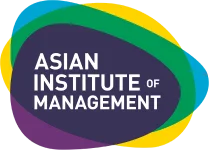Strategic Learning as National Infrastructure
By Jose Adolfo M. Mariquit, MBM
Nations rise or fall not only on the strength of their infrastructure, but also on the quality of their thinking. Roads, bridges, data centers, and broadband may drive short-term growth—but in a world defined by volatility and complexity, these assets are not enough. The real differentiator is a government’s ability to learn faster, think longer-term, and act with strategic coherence. Yet this critical capability—strategic learning—remains underdeveloped and undervalued. It is rarely treated as infrastructure, despite being essential to national resilience, policy execution, and public trust.
The COVID-19 pandemic brought this into sharp focus. Even well-resourced governments struggled—not because they lacked money or manpower, but because they lacked the systems and foresight to respond cohesively. Strategic agility was missing. Cross-agency coordination faltered. Long-term thinking took a backseat to reactive measures.
As governments face increasing pressure from global disruptions—technological shifts, climate risk, and geopolitical fragmentation—they must elevate strategic learning from a support function to a national priority. The governments that succeed will treat it as core infrastructure—designed, funded, and governed with intent.
Why Governments Need Learning Infrastructure
In most public institutions, learning is transactional—focused on attendance or training hours. But real learning infrastructure supports alignment, foresight, and execution across the system.
Its absence has real costs: delayed delivery, policy fragmentation, and low public confidence. Leaders and teams lack the tools to translate complexity into action.
Strategic learning functions like a digital or logistics network: it enables coordination, responsiveness, and institutional evolution. Without it, resilience is compromised.
Capacity vs Capability: The Real Leadership Gap
Governments often conflate capacity (people, budget, training volume) with capability (the ability to deliver outcomes under pressure).
An agency can be fully staffed yet still fail to implement reform if it lacks collaboration, systems thinking, and execution discipline. Capacity without capability produces limited value.
To govern effectively, institutions must invest in building the strategic capabilities required to navigate uncertainty and lead transformation—not just more inputs.
From Training Programs to Strategic Capability Building
Traditional training—event-based, detached from outcomes—is no longer sufficient. Governments must shift toward strategic enablement: sustained, purpose-driven capability development aligned with reform goals.
This includes embedding learning in agency strategy, leadership development, and performance systems. Methods like simulations, challenge labs, and milestone journeys develop judgment, not just knowledge.
When learning is treated as infrastructure, it becomes a lever for delivery—not just professional development.
Global Examples of Strategic Learning in Government
Several governments have begun embedding learning into the core of their governance systems:
• Singapore’s Civil Service College (CSC) under the Prime Minister’s Office and supports cross-government leadership and foresight through simulations like CAST.
• Malaysia’s INTAN supports reforms such as regulatory analysis and digital transformation, using a hybrid model to reach and align agencies nationwide.
• The UK Government Campus, launched in 2020, coordinates training across departments, aligning leadership, policy, and digital capability through private-sector partnerships.
Each model reflects structural differences but shares a common principle: learning is treated as strategy, not support.
Strategic Priorities for Public Leaders
To scale strategic learning, governments must act on three interdependent priorities:
• Integrate learning with reform strategy. Learning must be embedded into the core of policy and reform agendas—not treated as a parallel activity. This means moving beyond compliance-based metrics like training hours, and instead aligning learning initiatives with specific reform outcomes, institutional goals, and system-wide performance indicators.
• Invest long term in learning platforms. National learning institutions should be treated as infrastructure—planned, funded, and maintained with long-term continuity in mind. These platforms must be capable of evolving with emerging challenges, offering not just training but strategic foresight, innovation labs, and support for cross-agency problem solving.
• Link leadership development to KPIs. Leadership pathways should be directly tied to organizational and national priorities. Learning journeys must be structured to build the capabilities required for execution, coordination, and adaptive leadership—measured not by attendance, but by their impact on institutional performance and reform progress.
Institutions like the Asian Institute of Management School of Executive Education and Lifelong Learning (AIM-SEELL) are well-positioned to lead this shift. By expanding their role beyond training delivery into integrated capability-building, foresight generation, and policy experimentation, they can become central nodes in a national learning infrastructure—helping governments move from intent to impact.
Why Strategic Learning is National Infrastructure
The countries that thrive in the next decade will not be those that simply build more infrastructure—but those whose institutions can learn, adapt, and lead under pressure.
Strategic learning is not a support function—it is a sovereign capability. It strengthens execution, alignment, and resilience. Without it, even well-designed reforms falter. With it, governments gain the agility and coherence needed to navigate disruption and deliver meaningful results.
The future will belong to governments that embed learning at the center of how they lead.
To move from intent to impact, treat strategic learning as core national infrastructure. Begin your journey with AIM-SEELL as your partner in building a resilient, adaptive, and effective public sector. Visit aim.edu now.
About the author:
Jose Adolfo M. Mariquit is an Adjunct Faculty at the Asian Institute of Management (AIM) and a respected leader in business strategy and intelligence across Asia. His expertise is built on a diverse career spanning corporate intelligence, strategy, and business development for multinational corporations. His insights are informed by a wide range of senior leadership roles, including Global Head of Intelligence and Strategy at Asia Pulp & Paper, Head of Intelligence at AIA Philippines, and Managing Director at Fuld & Company.
Mr. Mariquit is a graduate of the Philippine Military Academy and holds a Master in Business Management from the Asian Institute of Management. A Zobel Foundation Scholar and a member of Mensa in Hong Kong, his unique background as a former Fighter Pilot and Officer in the Philippine Air Force provides a distinct perspective on leadership and strategic execution.


